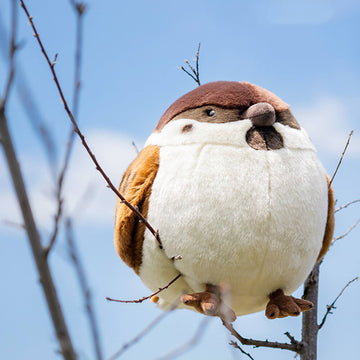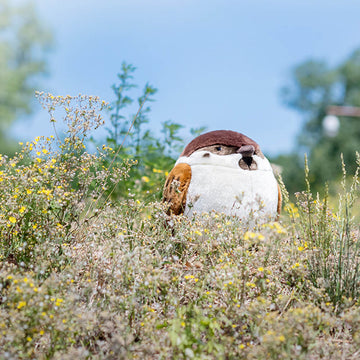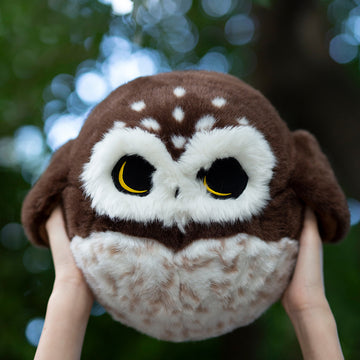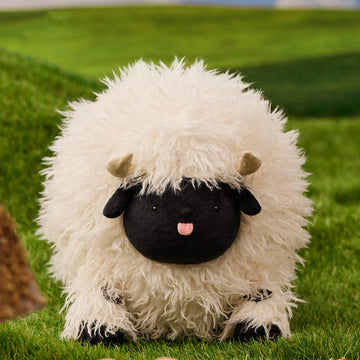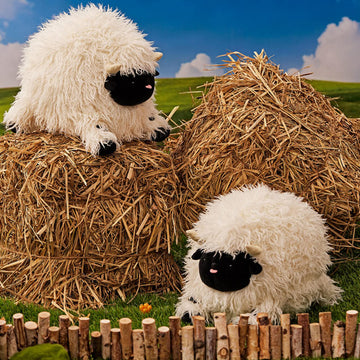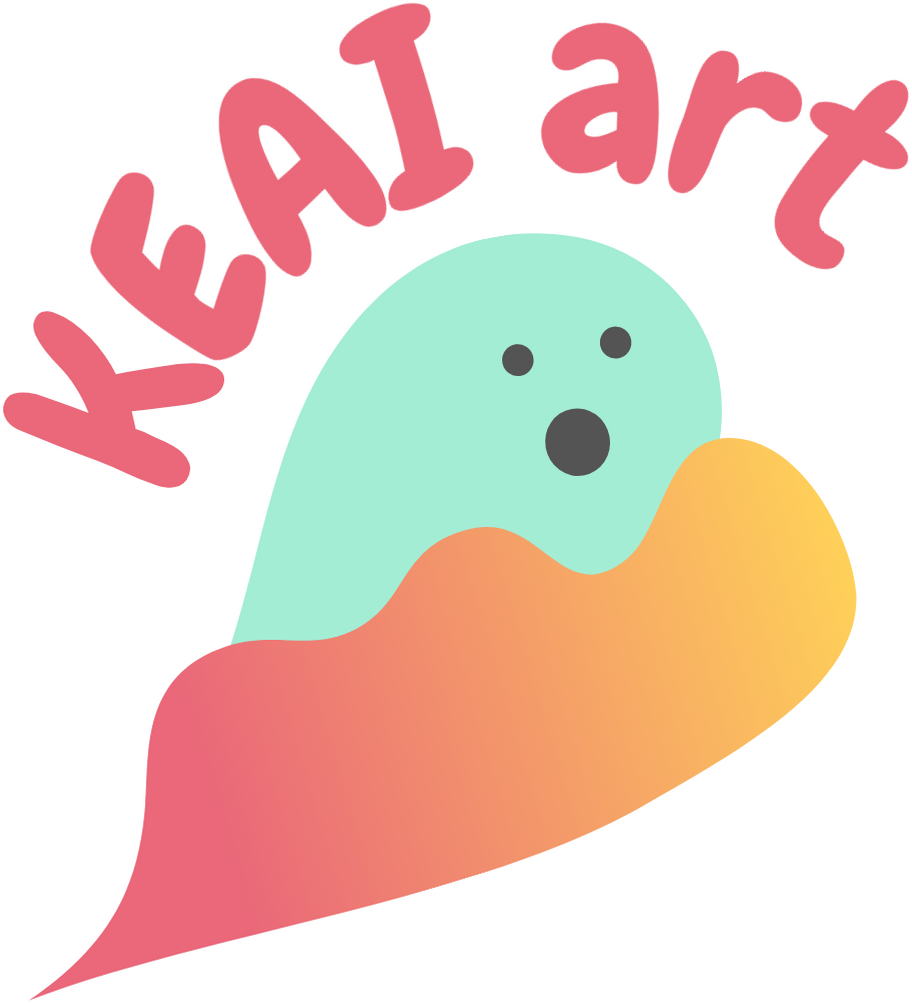Quokka - The Happiest Animal In The World - Can I Keep A Quokka As Pet?
What Is a Quokka?
On the vast grasslands of Australia, there is a group of petite, lively and cute creatures - they are the quokkas. These little elves in the kangaroo family conquer people's hearts with their unique appearance and charming behavior. Leaping on the grasslands, like elf dancers in the forest, the quokkas show their innate elegance and vitality, as if showing their incredible charm to the world.
The quokka is a small marsupial belonging to the family Kangaroo. The body length (from head to tail) is generally about 40 to 54 cm, of which the tail is about 25 to 35 cm long. The weight is usually between 2 and 5 kg, with males slightly larger, averaging about 3.5 kg, and females averaging about 2.8 kg. It has strong hind legs and short, rounded ears. The fur on the back is mostly brown or grayish brown, and lighter on the belly.
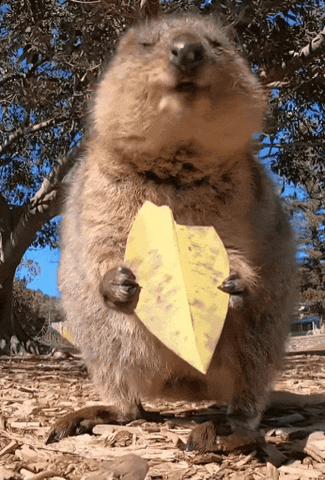
Why Quokka is the happiest animal in the world?
The quokka always has a smiling face and a friendly and gentle temperament. It often approaches tourists and even poses for selfies, so it is called "the happiest animal in the world". Many tourists go to Rottnest Island in Australia just to take photos with these cute QUOKKAS.
The reason why they look like they love to smile is that they have a relatively small and round face with high eyes, which makes the whole face look softer. Secondly, when they are relaxed or comfortable, their facial muscles will naturally form an upward curved expression, which looks like they are smiling. Even if the quokka is not really smiling, people tend to interpret their facial expressions as smiles.
Where in the world are quokkas?
The quokka mainly inhabits certain islands and coastal areas in southwestern Australia, especially Rottnest Island near Perth, which has diverse vegetation and provides abundant food resources. The quokka likes to live in dense bushes, grasslands, sand dunes and rocky areas. They usually choose to build nests or look for food near water sources.
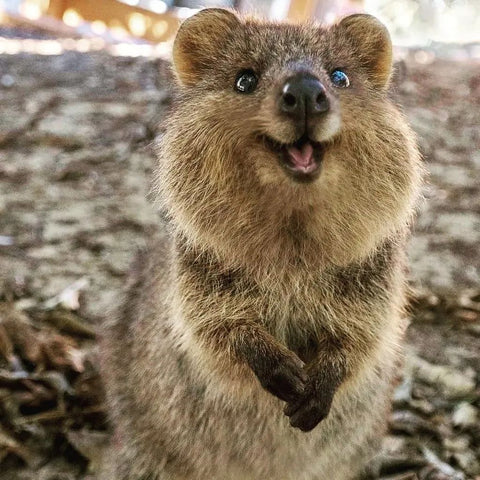
Quokkas mainly feed on various plants, including grass, leaves, bark and fruits, and occasionally nibble on young branches and leaves in the bushes to supplement their daily energy needs. They will choose to rest or bask in the sun in the shade during the day, and forage in the early morning and dusk. They will dig holes in the ground or find rock crevices as their nests to escape the heat or spend the night, and they will also use plant covers to build simple shelters.
Quokkas usually form small family units or groups led by adult females. There is a close connection between members of the family unit, who forage, rest and protect their young together. Adult male quokkas will establish their own territories, including suitable foraging areas and habitats, and males will defend their territories from invasion by other males. Quokkas communicate in a variety of ways, including posture, sound and chemical signals. They can express their emotions through body language, as well as convey warnings or courtship information. When they feel threatened, they will shrink their bodies, show their teeth, and send warning signals to drive away predators. In extremely dangerous situations, they will use their hind legs to jump away from danger.
Quokkas do not have a fixed mating season, and they can reproduce all year round. Female quokkas can produce 1 to 2 litters of young each year. Male quokkas will fight for territory and display to attract females. Once they succeed in attracting a female, they will begin mating. Female quokkas will be pregnant for about 25 days until the cub is born. The cub will develop in the mother's pouch for about 6 months. During this time, the cub obtains nutrition by sucking breast milk and receives care and protection from the mother until it can leave the pouch independently.
Do quokkas really throw their babies at predators to escape?
There is some basis but it is not accurate.
They do sacrifice their babies, but not by 'throw' them.
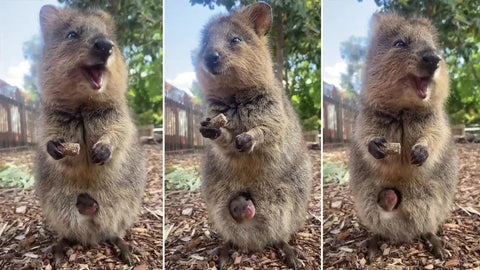
Why is it said that quokkas are crazy about throwing their babies? This can be traced back to June 2018. At that time, a blog about popular animal trivia <Sad Animal Facts> posted the following picture on the instagram.
The general idea is that quokka mothers will throw their babies to predators to protect themselves.
Why is it said that quokkas are crazy about throwing their babies? This can be traced back to June 2018. At that time, a blog about popular animal trivia <Sad Animal Facts> posted the following picture on the instagram.
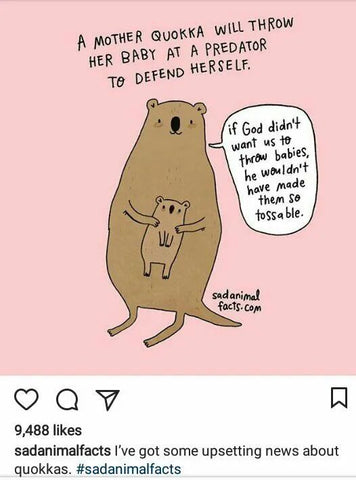
The general idea is that quokka mothers will throw their babies to predators to protect themselves.
Is this true?
In fact, no one has ever seen a quokka throwing its baby.
An animal science blogger made a special video for this purpose, saying that the claim that quokkas throw their babies has some basis but is inaccurate.
The paper mentioned in the video is shown in the picture:


The paper says that when a quokka mother encounters danger, the pouch will loosen and the baby will fall out. The sound made by the baby will distract the enemy, and the mother can take the opportunity to escape.
In addition, quokka mothers can control the muscles at the opening of the pouch, so researchers tend to believe that expelling the baby is indeed an escape strategy for quokka mothers when they encounter natural enemies.
Another little-known fact: every quokka mother has a spare baby in her belly.
This is because quokkas, like other kangaroos, have two uteruses. They have a magical ability: they can arbitrarily suspend the development of fertilized eggs in the uterus and carry them in their bodies until the baby in the pouch grows up or dies before developing it (the scientific name is embryonic diapause).
In this light, the quokka's behavior of throwing its baby seems easy to understand, after all, there may be an unborn baby in its belly.
Current Status Of Quokka
Some foreign predators, including cats, foxes, and minks, have caused a sharp decline in the population of quokkas. Human activities, urbanization, and woodland development have also destroyed and reduced the natural habitat of quokkas. The Red List of the World Conservation Union (IUCN) lists quokkas as "endangered" species. Local institutions in Australia have established a number of nature reserves and wildlife sanctuaries, including quokka habitats, to provide safe habitats and reduce human disturbance and the threat of foreign predators. By monitoring, capturing, removing, or controlling introduced foreign predators (such as foxes, minks, etc.), their impact on the quokka population can be reduced. It is believed that with effective management and protection measures, this rare species can be ensured to survive and reproduce in the natural environment for a long time.
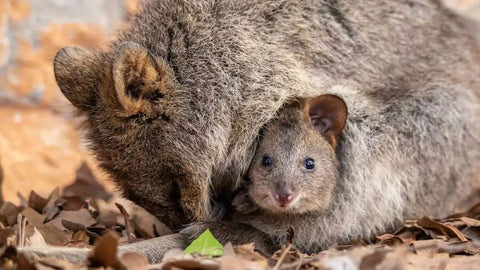
Can i keep a quokka as a pet?
Unfortunately, quokkas are a protected species in Australia, and, perth Rottnest Island Authority Act of 1987, can't be kept as pets.
As outrageously cute as quokkas are, they are a protected species and illegal to keep as pets.
If you would like to own a quokka, you can order our Quokka Plush Toy as a replacement. Our plush quokka are so soft, cute and cuddly that we can hardly stand it!
Check more details: Quokka Plush Toy

